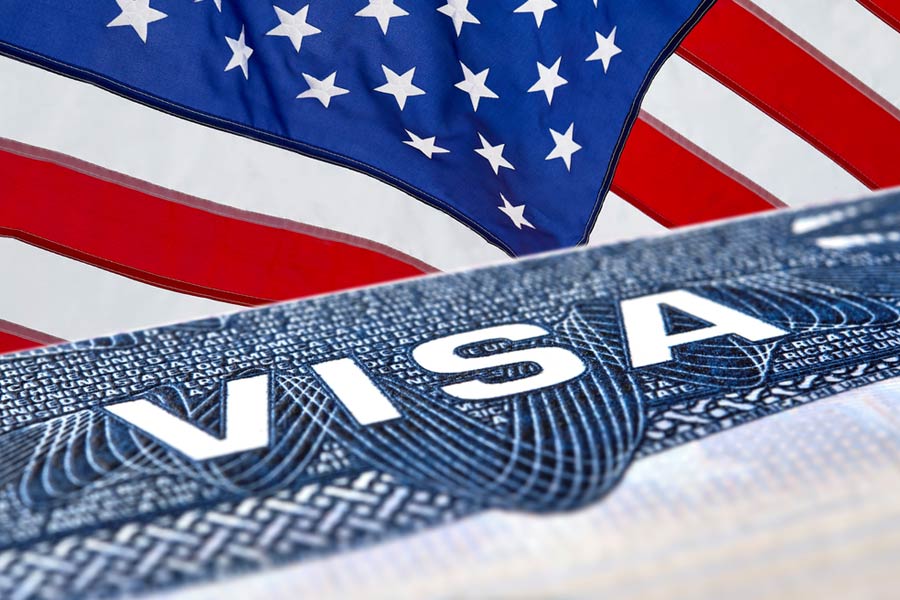 |
| Leeliu boiled egg with tea leaves and soya sauce |
If there is one phrase that has been deeply embedded in our collective vocabulary, it’s chai-shai. The phrase, intoned different, means various things in the North. Said with enthusiasm, it translates into let’s eat something nice. Said with a question mark at the end, it means, don’t you think it’s time you left now?
When an ingratiating smile accompanies the phrase, it means the person is expecting his palms to be greased. Doesn’t always work, of course. I remember once a tourist guide turning to a friend and muttering: “Kuch chai-shai key liye…” And the friend, being a well brought-up Bong, thought that he was offering her tea. “No, no,” she replied, touched by his generosity. “We have just had lunch.”
And now, chai-shai is turning into an ingredient for food. My friend, Pradip Rozario of K.K.’s Fusion, has been holding forth on the goodness of tea for quite a while. We all know that tea — especially the green variety — has anti-oxidants that ward off cancer. But more and more people, as I once wrote in my column, are using tea to enhance the taste of food.
Take his menu for a meal flavoured with tea. He will offer you green tea leaf marinated mushrooms and jumbo prawns, a flaming tea bowl (which is a tea decoction incorporated with sliced fish, golden rum, honey and cinnamon), a tea smoked chicken with jasmine rice, Leeliu boiled eggs with tea leaves and soya sauce and tea leaf-infused chickpea puree served with cheese kebabs.
 |
| Green tea leaves marinated with golden coin mushrooms and jumbo prawns |
His recipe for Leeliu eggs is simple. For this, you need two eggs, 2tbs green tea leaves, 2 cups water, 1tbs soya sauce, and salt and pepper. In a saucepan, heat the water. When it starts to boil, add the eggs, tea leaves, soya sauce and seasonings. Cover with a lid and let it boil for five minutes. Now remove the eggs from the liquid, peal them and serve with toast and Chinese tea.
Clearly, cooking with tea is a good idea, for you are not likely to run out of this ingredient. Chef Rozario holds that its distinct aromatic flavour peps up a dish.
And that is why he likes to cook his mushrooms and prawns with tea. He takes 700gm of jumbo prawns, ½ cup of green tea leaf, ½ cup button mushroom, ½ cup coriander leaves, 4tbs tea leaf soaked in refined oil, 1tbs thyme, 1tbs chopped green chilli, 1 spring onion cut into large strips, 2tbs red wine, 3 cups water and salt and pepper to taste.
 |
| Aromatic tea glazed chicken with jasmine rice |
He cleans the prawns. Then he heats the water in a saucepan and adds the green tea leaves, coriander leaves and thyme and makes a decoction. The liquid is cooled and the prawns and mushrooms are soaked in it and refrigerated for two hours. Then he takes the prawns and mushrooms out of the decoction. In a frying pan he adds the tea leaf oil and fries the spring onion and chilli. He adds the prawns and mushroom and tosses them well. Then he flambés it with red wine, adds salt and pepper and serves it with steamed rice.
Some people are convinced that food cooked with tea or tea leaves gives you a kick. “It enhances the spirit of the mind, body and soul,” says Rozario reverentially. His argument goes like this: most of us wake up with a cup of tea. So tea invigorates the body — and gears up the system.
To test his words, try out his aromatic tea glazed chicken — a dish which requires 2-3 skinned and boned chicken breasts, 6tbs groundnut or corn oil, 5-6 chopped garlic cloves, 4-5 chopped spring onions (keeping the green parts separated from the white), 3tbs tea decoction, 45ml hoisin sauce and 50gm of cashewnuts.
For the marinade, take salt, pepper, 2tbs tea decoction, 1tbs corn flour, ½ egg white (lightly beaten) and 2tbs sesame oil. Mix the seasoning with the tea decoction. Dip the chicken in this and then dredge it in corn flour and coat with the egg white. Leave it aside for 15-30 minutes and then blend in the sesame oil.
 |
| Tea leaf infused chickpea puree served with greek style cheese kebab |
Now cube the chicken. Heat a wok over high heat. Add 5tbs oil, 2/3rds of the garlic and white parts of the spring onion. Stir and then add the chicken. Cook for about two minutes, lowering the heat. Splash the tea decoction around the side of the wok.
As soon as the sizzling dies down, remove the chicken, still a little undercooked, to a warm plate. Increase the heat, add the remaining oil and garlic and as it sizzles, add the hoisin sauce. Stir well. Return the chicken to the wok and toss in the sauce to glaze until cooked. Mix in the cashewnuts and green spring onion. Serve immediately.
“The tea decoction adds colour and flavour to the chicken, while the cashew nuts provide a pleasing contrast of texture,” says Rozario.
I believe him. If there’s a tea addict, it’s Rozario. He urges us to not just drink our tea — but eat it, too.
Flaming tea bowl
 |
Ingredients
• 75gm sliced fish (surmai or bekti) • 2 cups hot tea • 1 lemon, thinly sliced • 4tsp honey • • 1tsp golden rum • 1 green chilli, slit and deseeded • Salt and pepper, to taste • 1tsp ginger, grated • 1 cinnamon stick
Method
To a litre of hot tea made with the best tea in your kitchen, add the lemon slices and honey. Stir well.
Before serving, bring the tea punch to the table in a chafing dish or a casserole which will fit over a candle warmer so that it remains hot. Warm separately but do not boil the rum. Add sliced fish to the rum and toss. Set rum and fish ablaze with a match. Pour fish in the hot tea and simmer. Add ginger and green chilli. Ladle the soup into mugs. Put cinnamon sticks in the mugs as a stirrer.











